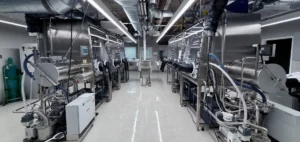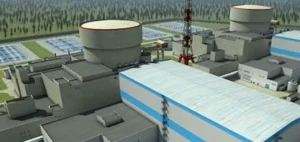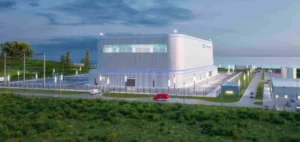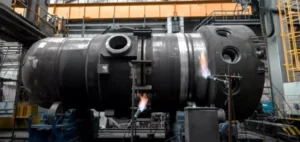The Kori 2 reactor, located at the Kori nuclear power plant in South Korea, has received authorisation to operate until April 2033, following a prolonged shutdown after its initial licence expired in April 2023. The decision was made by the Nuclear Safety and Security Commission (NSSC) after an extensive technical review.
A three-year safety assessment
The technical evaluation for extending the reactor’s operation began in April 2022 with the submission of a safety report by Korea Hydro & Nuclear Power (KHNP), the plant’s operator. The Korea Institute of Nuclear Safety (KINS), a body under the NSSC, conducted a safety review until July 2025. The findings were submitted to the Nuclear Safety Expert Committee, which validated the methodology and conclusions between March and September 2025.
The reactor, with a capacity of 685 megawatts electric, has been in commercial operation since August 1983. It is scheduled to restart in February 2026 following facility upgrades and regular inspections by regulatory agencies. KHNP stated that structural and operational improvements will be implemented during the extension period.
A precedent for other pending reactors
The decision to extend the operation of Kori 2 could influence the future of other South Korean reactors with licences expiring before 2030. KHNP has already submitted safety assessment reports for nine other units, including Kori 3 and 4, Hanbit 1 and 2, Hanul 1 and 2, as well as Wolsong 2, 3 and 4.
Kori units 3 and 4 were shut down in September 2024 and August 2025 respectively, after reaching the end of their initial 40-year design lives. Kori 1 was permanently shut down in June 2017 and its dismantling was approved in June 2025.
A strategic asset for electricity production
The extension of Kori 2’s operation comes amid growing electricity demand, particularly from data centres and artificial intelligence development. For KHNP, these reactors represent a stable source to support the national grid’s future needs.






















